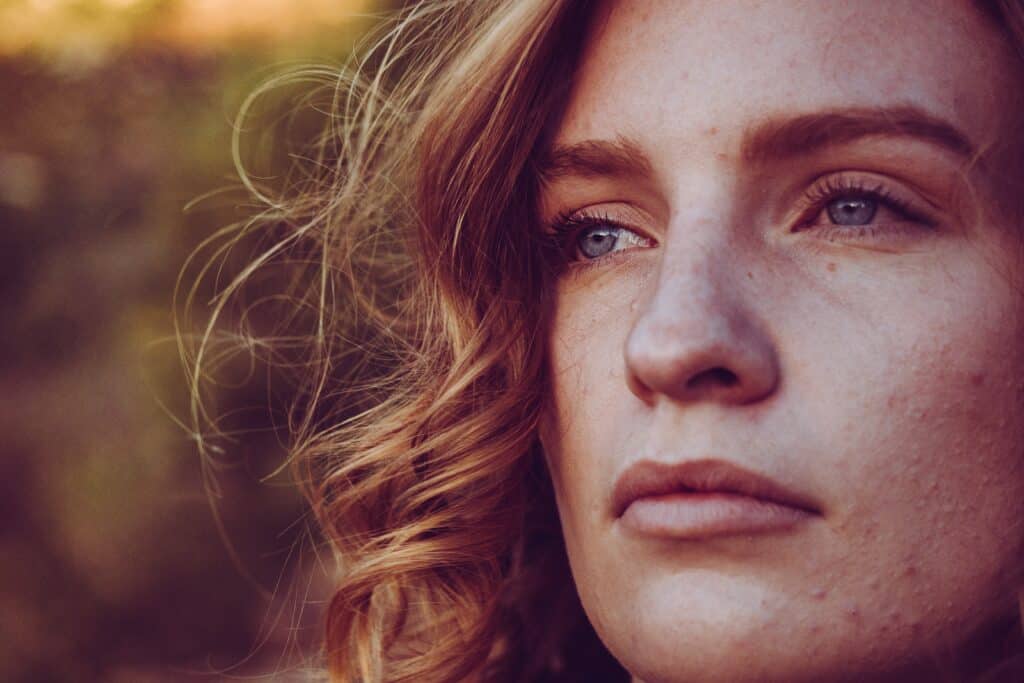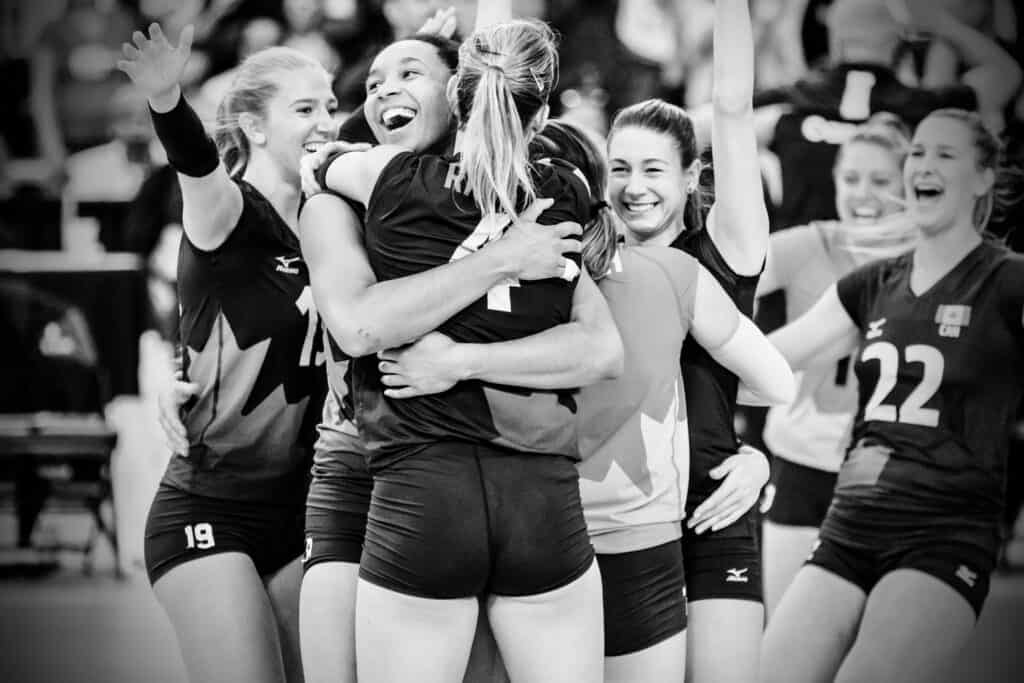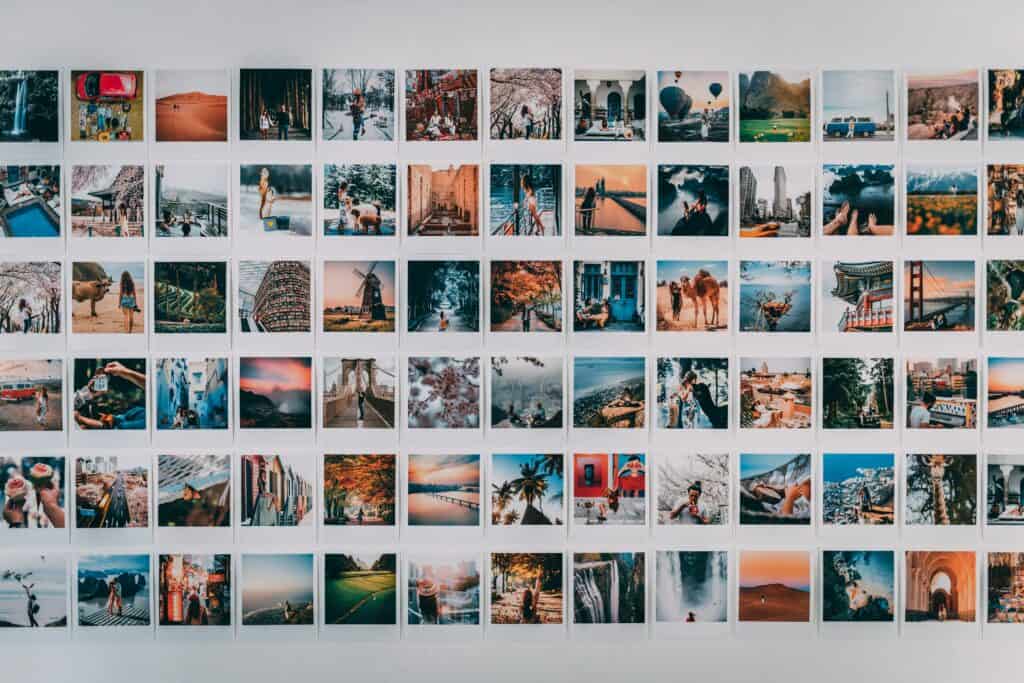If you want to get into photography as a job, you’re going to need a portfolio. A photography portfolio is a showcase of images you have taken that represents your skill competency, your style, and the types of photographs you like to produce. Without a portfolio you will not be able to showcase yourself to prospective clients and job opportunities. From a legal standpoint, your portfolio is also a frame of reference on quality and what a client should expect.
Here are our secrets to a great photography portfolio!
How To Make a Portfolio
Before we get into the tips of creating a great portfolio, let’s talk about how to make one to begin with!
First of all, you need to figure out where you’re making the portfolio. Back in photography’s history, portfolios used to be printed and put in a binder (or bound in a book). But nowadays, it’s more common to have portfolios shown in a digital format. The digital format can include the following:
- A PDF File
- A Shareable Folder (Like Google Drive or Dropbox)
- A Web Page or Full Website
My suggestion would be to make all three, because you never know how your client (or job you are applying to) prefers to view the portfolio.
A PDF file is easy to make from any document maker (such as Microsoft Office Word or Google Docs), you just insert images into the document.
A shareable folder is even easier, you just upload to any cloud based system and share the link.
A web page or website is a bit more complex as it requires you to make something, but there are many web builders such as Squarespace and Wix to help you with this by offering templates. For a website, you may also need to purchase hosting, so do keep that in mind.
When figuring out what images to use for your portfolio, it is suggested to make a new folder on your desktop and copy the desired images in there. You can then decide if you should resize them for your portfolio or submit them in full resolution.
I resize mine to prevent people from stealing the photographs and being able to make prints, but it’s truly up to your own personal preference! If you spend a lot of time doing meticulous retouching work, showing full resolution may be better because clients can then see the attention to detail.
Then take the finished images and upload them to your desired portfolio type.
10 Tips for a Great Photography Portfolio
Here are ten tips to take your photography portfolio to the next level.
1. Keep Your Files Well Organized
I cannot stress this point enough! There will be many instances in which a client will request a specific image from your portfolio for a better look, or you will need to find a portfolio image for some reason. Make sure that your files are well organized so that this doesn’t become a hassle.
It’s a good idea to have a naming convention for your files that you use, so that you can then use the Search tool on your computer or external hard drive to find a specific file. Programs such as Adobe Lightroom make renaming your files as simple as three button clicks!
2. Tailor to Your Audience (and Ideal Client)
Everyone has an audience they want to view their work and an ideal client that they want to service. Select images for your portfolio that align with the type of work you want to produce. If you’re a Light and Airy photographer, then your images need to represent this (as a moody, gothic client is probably not your ideal client)!
3. Figure Out Your Goals and Go For Them
As a photographer, you need to have a goal. Is it to become a successful commercial photographer? Do you want to capture as many families in your community as possible? All of these are goals! You can tailor your portfolio to fit your goals and help push you to that level.
4. Use a Platform That Is Efficient and Beautiful
Where you show your images is just as important as the images themselves. If you are creating a web page or website, make sure that the platform is beautiful and very efficient in showing your work. You want the platform to be easy to navigate and simple, so that only your photographs catch the eye of the client. Good design speaks volumes!
5. Sleep On It- Make Decisions When Your Eyes Have Rested
When you sort your images, it may be hard to view the selections objectively. This is especially true for photographers that become emotionally or sentimentally tied to their work. You have to remember, though, that the portfolio is for your client- not for yourself.
The best way to figure out if your selections are good is to step away from looking at them for a little while. Sleep on it- literally! Sleep and view them in the morning with fresh eyes.
6. Narrow Down the Selection
Too many images is overwhelming for clients. Narrow down the selection to only the best representations of your work. Many photographers don’t show more than 20 images, actually (the number of images should be up to you).
7. Don’t Share Too Much From the Same Session
If you’re a new photographer or one that is obsessed with a particular session, still try not to share too many images from that session. Clients want to see diversity and want to see you doing many different sessions. Only showing a small handful of sessions makes one think that you aren’t consistently booking work, and that’s a bad impression to make.
8. Do TFP Shoots If You’re Missing Something From the Portfolio
You will likely not get all of the images you want from all of your sessions. If you look at your portfolio and feel that something is missing, run a model call or casting call and capture the shots you need! It’s a good idea to look at other photographer’s portfolios and see if you may be missing a key type of image in yours.
9. Ask For Many Opinions
Don’t be the only judge of your portfolio, ask many different people whose thoughts you trust! An eye from someone not personally invested in the job speaks wonders and can be very insightful.
10. Keep Replacing Images When Better Ones are Taken
Don’t feel like you have to be permanently stuck with the same photographs. Always replace images when better ones are taken, this helps you keep your portfolio updated and fresh (as well as strong!). The more you shoot, the better images you will produce. Let your portfolio reflect this.
Portfolio Suggestions for Popular Photography Niches
Here are some image suggestions for these popular types of photography. Remember that regardless of genre, you should always have a mix of aspect ratios, moods, lighting, poses, and stories.
Portrait Photography

If you’re a portrait photographer, it is a good idea to possibly include some of the following images:
- Outdoor natural light portraits
- Indoor natural light portraits
- Lifestyle portraits
- Studio portraits
- Headshots with traditional headshot lighting
- Serious expressions
- Happy expressions
- Moody, emotional expressions
- Edgy lighting portraits
Family Photography

If you photograph families, you clients will likely want to see the following in your portfolio:
- Maternity sessions in casual attire
- Maternity sessions in long, flowy dresses
- Portraits of children (natural light)
- Portraits of the whole family (natural light)
- Portraits of the parents (natural light)
- Portraits of children (studio)
- Portraits of the whole family (studio)
- Portraits of the parents (studio)
- Candid moments of children playing, laughing, smiling
- Candid moments of parents interacting with their children
- Newborns and toddlers
- Families with props
- Grandparents playing with grandchildren
- Indoor lifestyle portraits of families
Wedding Photography

If you photograph weddings and elopmenets, these are the types of shots brides and grooms want to see (and likely want captured at their day):
- Details (rings, dress, decor, flowers, cake, location prior to guests, etc)
- Getting Ready (bride)
- Getting Ready (groom)
- First Look
- Ceremony
- Portraits with Select Family and Friends
- Portraits with Bridesmaids / Maid of Honor and Groomsmen / Best Man
- Newlywed Portraits
- Candid Reception Shots
- Grand Entrance
- Dances (with parents and first dance)
- Speeches
- Cutting of the Cake
- Bouquet Toss
- Garter Toss
- Candid portraits with all family members
- Hugs and shots of affection
Pet Photography

Pet photographers! Your clients will benefit by seeing these types of images in your portfolio:
- Full body portraits in natural light
- Full body portraits in studio light
- Action photography
- Jumping photography
- Headshots in natural light
- Headshots in studio light
- Happy tongue out faces
- Serious faces
- Show stack
- Sunset shots
- Playing shots
- Owners with their dogs
- Competition photography
Sport Photography

Even though you cannot control the spontaneous nature of sports, these are the types of shots that really speak volumes in your portfolio:
- All team members together
- Portraits of team members
- Crowd roaring and being excited
- Action shots
- Solemn emotional shots
- Closeups on ball and equipment
- Closeups on facial expressions and intensity
- Different lighting conditions
Real Estate Photography

Interior and exterior photographers, here is what real estate agents want to see in your portfolio presentation:
- Exterior front
- Exterior side
- Exterior yard
- Kitchen
- Living room
- Dining room
- Nook
- Bathrooms
- Master bedrooms
- Children rooms
- Large spacious layouts
- Small cramped layouts made big by a wide angle lens
- Natural light
- Studio light
Product Photography

Here is what the ideal product photography portfolio likely looks like:
- E-commerce product photography (products on white with no shadows_
- Products on white with the perception of depth
- Products on colored backdrops
- Products on layflat boards
- Products with gel lighting
- Products with studio white lighting
- Products in natural light
- Products in lifestyle settings with a model
- Products in lifestyle settings without a model
Food Photography

For the foodies, here is the ideal food photography portfolio:
- Ingredients
- Food being prepared
- Food on a plate
- Food in a layflat
- Food in quirky compositions
- Food being eaten
- Salads
- Soups
- Pizzas
- Cocktails and other alcoholic beverages
- Meat
- Fish
- Veggies
- Snacks
Fashion Photography

Fashion photographers will aid in booking jobs with these images:
- E-commerce fashion images (model on white backdrop)
- Model in a studio
- Model outdoors
- Closeups on clothing
- Detail shots
- Jewelry shot
- Hat shot
- Different types of clothing outfits
- Lifestyle shot
- Editorial shot
Landscape | Seascape Photography

Those expressing the beauty of our natural world would likely enjoy having these images in their portfolio:
- Mountains
- Plains
- Urban from Afar
- Nighttime
- Sunset Time
- Sunrise Time
- Clear Day
- Foggy Day
- Seascape
- Landscape
Conclusion
It can take a lot of time to build a super solid portfolio, but don’t be discouraged- you’ll be surprised how well it comes together in the end!

